Gardening in arid climates presents unique challenges, but with the right approach, anyone can create a thriving, low-maintenance outdoor space. Drought-resistant plants are becoming increasingly popular as homeowners seek solutions to combat water scarcity and reduce maintenance efforts. These hardy plants not only conserve water but also adapt to extreme heat and varying soil conditions, making them ideal for gardens in zones like USDA Hardiness Zone 5 and beyond. Whether you’re looking to revitalize a dry landscape or simply reduce your watering bills, understanding which plants thrive in drought conditions is key to achieving a resilient and visually appealing garden.
Drought-Tolerant Plants: A Comprehensive Guide
Drought tolerance in plants refers to their ability to thrive under minimal water conditions. Here are some of the most well-known drought-tolerant plants:
- Aloe Vera : Renowned for its ability to survive in arid environments, aloe vera is a popular choice for xeriscaping. Its thick leaves store water, allowing it to withstand prolonged periods without water.
- Saguaro Cactus : Native to the Sonoran Desert, the saguaro cactus is highly adapted to drought conditions. Its large root system and thick stem allow it to store significant amounts of water.
- Blue Grama Grass : Known for its resilience, blue grama grass is commonly found in regions with low rainfall. It has deep roots that help it access water reserves during droughts.
- Desert Lavender : A native plant to arid regions, desert lavender thrives in poor soil conditions and minimal watering. It’s valued for its fragrant properties and drought resistance.
- Barrel Cactus : With its thick, cylindrical stem, the barrel cactus is well-adapted to storing water. It’s a common sight in desert landscapes due to its water conservation abilities.
- Purslane : Often used in salads, purslane is a drought-tolerant plant that grows in dry environments. It’s known for its ability to survive in poor soil conditions.
- Joshua Tree : This iconic plant of the American Southwest has deep roots that help it access water during dry spells. It’s a symbol of desert adaptation.
When selecting drought-tolerant plants, consider your specific climate and soil conditions. Many of these plants are not only visually striking but also functional, contributing to sustainable landscaping practices.
Plants That Thrive in Extreme Heat
- Cacti and Succulents: These desert-dwellers are naturally adapted to hot climates. Species like Cactus and Echeveria thrive in arid conditions.
- Lantana: A hardy, drought-resistant flower that attracts pollinators and thrives in full sun. Learn more about Lantana varieties.
- Sage: Both Common Sage and Lemon Sage are heat-tolerant herbs ideal for sunny gardens.
- Lavender: Known for its fragrant properties, Lavender is heat-resistant and often used in ornamental gardens.
- Rosemary: A versatile herb that prefers warm climates, Rosemary is perfect for seasoning and landscaping.
- Yucca: This tough plant species, including Yucca filamentosa , is known for its ability to withstand extreme heat and drought.
- Geraniums: While typically considered shade plants, some heat-tolerant Geranium varieties can thrive in warmer climates.
- Pentas: A drought-resistant vine with clusters of star-shaped flowers, Pentas is ideal for hot, dry environments.
- Echeveria: A popular succulent known for its rosette shape, Echeveria is highly resistant to heat and drought.
- Portulaca: Often called “Moss Rose,” this drought-tolerant plant thrives in full sun and requires minimal water.
Choosing the Right Plants for Extreme Heat
- Soil Type: Opt for well-draining soils to prevent root rot in hot conditions. Many of these plants prefer sandy or loamy soils.
- Water Needs: Some plants, like cacti and succulents, have low water requirements. Others may need occasional irrigation during extreme heat.
- Location: Place heat-tolerant plants in full sun to maximize their ability to absorb sunlight and stay hydrated.
Plants That Need the Least Amount of Water
When it comes to selecting plants that require minimal watering, there are several options that thrive in drier conditions. These plants are well-adapted to arid environments and can survive with less frequent irrigation.
- Succulents: Plants like Aloe Vera, cacti, and Sedum are among the most water-efficient. Their thick leaves and stems store water, allowing them to survive with infrequent watering.
- Grasses and Ground Covers: Grasses such as Buffalo Grass or Dwarf Oreganum are excellent choices for low-water landscapes. They are hardy and require minimal maintenance once established.
- Shrubs and Perennials: Many shrubs and perennials, like Lavender, Rosemary, and Yucca, are highly drought-tolerant. They often thrive in poor soil conditions and require little watering once rooted.
- Vegetables: Certain crops, such as drought-tolerant vegetables like tomatoes, cucumbers, and zucchini, can survive with less water compared to other varieties.
- Trees and Larger Plants: Trees like Palo Verde and Mesquite are well-suited to arid climates. They are not only drought-resistant but also provide valuable shade and wildlife habitat.
These plants are not only water-efficient but also contribute to sustainable landscaping practices. For more tips on caring for these plants and learning about other water-saving options, visit our resource library .
Plants That Thrive in Full Sun and Heat
The following plants are well-suited for areas with full sun exposure and high temperatures:
Perennials
- Yucca – Known for its tough leaves and ability to withstand drought, yucca is a great choice for hot, sunny areas.
- Lantana – A vibrant flower that attracts pollinators and thrives in dry conditions.
- Rosemary – Not only aromatic, rosemary is drought-tolerant and thrives in sunny environments.
- Sagebrush – A hardy perennial that prefers full sun and adapts well to arid climates.
Annuals
- Morning Glory – A fast-growing vine that loves the sun and provides colorful blooms.
- Zinnias – Bright flowers that require minimal water and perform well in hot weather.
- Marigolds – Hardy annuals that repel pests and brighten up gardens with their yellow and orange blooms.
- Sunflowers – Iconic plants that grow quickly and love full sun, perfect for children’s gardens.
Shrubs
- Barberry – A tough shrub that thrives in poor soils and full sun, known for its red berries.
- Juniper – A resilient shrub that adapts to various conditions, including full sun and heat.
- Manzanita – A drought-tolerant shrub with beautiful white flowers that attract pollinators.
- Desert Willow – A graceful shrub that grows well in hot, dry climates and provides shade.
Succulents
- Aloe Vera – Well-known for its ability to survive in harsh conditions and requires little water.
- Portulaca (Moss Rose) – A trailing succulent that thrives in full sun and sandy soils.
- Echeveria – A popular succulent with rosettes that adapt well to heat and drought.
- Kalanchoe – Another succulent with attractive foliage that tolerates intense sunlight.
Grasses
- Buffalo Grass – A warm-season grass that thrives in full sun and is commonly used for lawns.
- Bluestem – A drought-resistant grass with blue hues that performs well in hot climates.
- Switchgrass – A versatile grass that adapts to many conditions, including full sun and heat.
- Love Grass – A hardy grass that stays green in summer and requires minimal maintenance.
Care Tips for Full-Sun Plants
- Water Less: Most full-sun plants prefer drier conditions, so water only when the soil becomes completely dry.
- Mulch: Apply mulch around plants to retain moisture and regulate soil temperature.
- Choose the Right Soil: Use well-draining soil to prevent root rot, which is common in wet, heavy clay soils.
Plants That Thrive in Hot and Dry Weather
When planning a garden or landscape in regions with intense heat and limited rainfall, selecting plants that are naturally adapted to such conditions is essential. Here’s a curated list of plants that excel in hot, dry climates:
- Grasses:
- Native grasses like Blue Grama are highly drought-tolerant and thrive in full sun.
- Sedges, such as Panicum virgulum , are excellent for sandy soils and dry conditions.
- Succulents and Cacti:
- Cacti, including Opuntia (prickly pear) and Echinocactus , are well-suited for arid environments.
- Agave species, known for their robustness and water-storing capabilities, perform beautifully in heat and drought.
- Shrubs:
- Dwarf hibiscus ( Hibiscus sabdariffa ) is a resilient shrub that thrives in hot, dry conditions.
- Oleander ( Nerium oleander ) is a tough shrub that adapts well to heat and poor soil.
- Trees:
- Mesquite trees ( Prosopis ) are native to arid regions and provide shade while surviving on minimal water.
- Palo Verde trees ( Simmondsia chinensis ) are known for their deep roots and ability to withstand drought.
- Annuals and Perennials:
- Portulaca (Moss Rose) is a drought-tolerant annual that brightens up dry gardens with its vibrant flowers.
- Lantana is a hardy perennial that attracts pollinators and thrives in hot, sunny conditions.
- Pennyroyal ( Chrysopogon ) is a creeping perennial that survives in poor soils and intense heat.
For more insights into planting and maintaining gardens in hot, dry climates, explore our drought-tolerant plants guide and our selection of succulent plants .
What is the Easiest Plant to Grow in Full Sun?
The easiest plants to grow in full sun vary depending on your preferences, but some top contenders include:
Lantana – Known for its vibrant colors and hardiness, lantana thrives in full sun and attracts pollinators.
Coneflowers – These drought-tolerant beauties come in a variety of colors and provide long-lasting blooms.
Daylilies – Resilient and adaptable, daylilies are perfect for any sunny spot and bloom throughout the season.
Sedum – A succulent that adds texture and requires little water, sedum is ideal for hot, sunny areas.
Zinnias – Bright and cheery, zinnias are easy to grow and come in many varieties.
Lavender – Not just for scent, lavender grows well in full sun and can be used as a decorative and functional element.
Geraniums – Hardy and colorful, geraniums are a great choice for full-sun gardens.
Portulaca – Often called “moss rose,” portulaca is drought-tolerant and adds a unique texture to the garden.
Pentas – Attracting butterflies, pentas are easy to grow and provide lovely blooms.
Calendula – A calendula plant brings both beauty and medicinal benefits to your garden, thriving in full sun.
Each of these plants excels in full-sun conditions with minimal effort on your part. Their resilience and beauty make them excellent choices for gardeners of all levels.
Why Choose These Plants?
These plants were selected for their ability to thrive in full sun and their low-maintenance requirements. Many of them are drought-tolerant, meaning they require less water once established. Additionally, several species attract pollinators, making them beneficial for wildlife.
By choosing plants suited to your local climate and soil conditions, you can ensure your garden remains lush and vibrant throughout the year. Whether you’re looking for color, texture, or both, there’s a plant here for every taste and need.
Getting Started
Growing plants in full sun is rewarding when you select the right varieties. Start by assessing your garden’s soil and sunlight exposure. Most of these plants prefer well-drained soil and plenty of sunlight. Water them regularly during establishment but reduce watering once they’re settled in.
Consider companion planting to deter pests and improve your garden’s health. Many of these plants pair well with others in the same conditions, creating a harmonious environment that encourages growth.
With the right care, your full-sun garden can become a haven of beauty and biodiversity, providing enjoyment for years to come.
Conclusion
Choosing the easiest plants to grow in full sun involves selecting those that match your gardening style and lifestyle. By considering factors like water needs, soil type, and aesthetic preferences, you can create a garden that thrives under the sun and brings joy to your home.

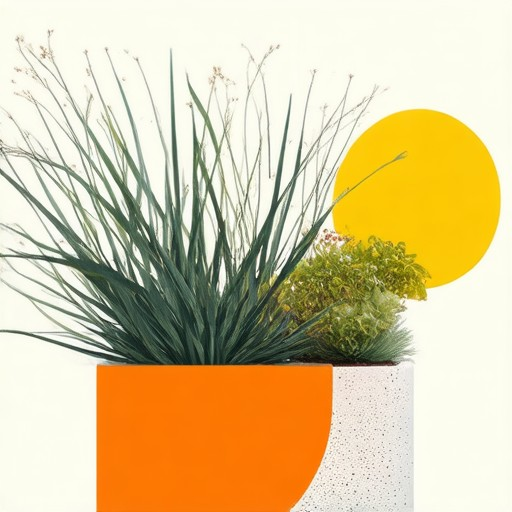
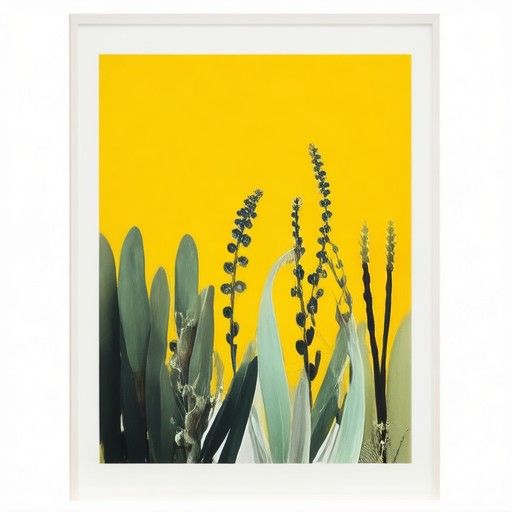

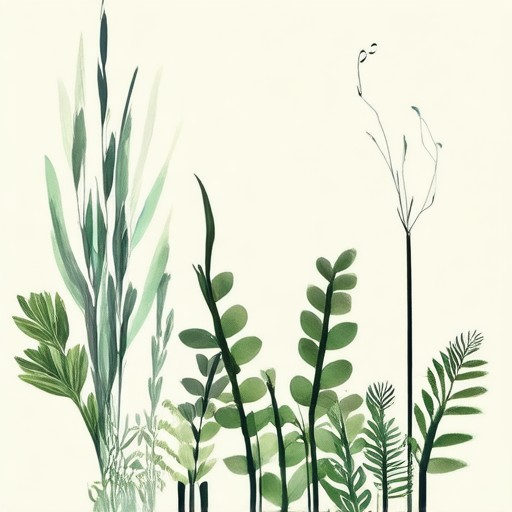

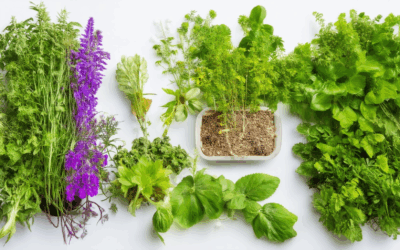
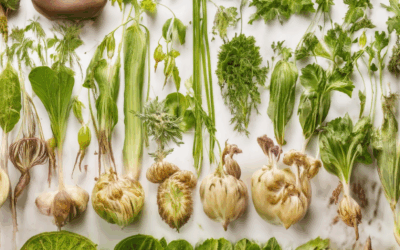
0 Comments